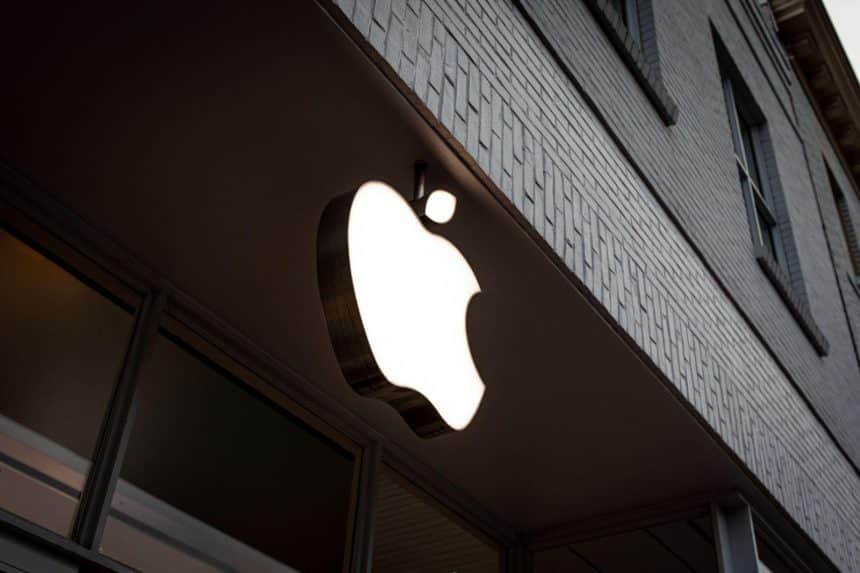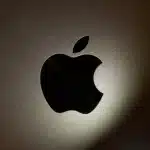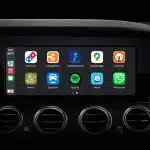Apple’s newest generation of silicon is not just another yearly performance boost. These chips are quietly changing what a modern laptop can deliver in real work. The gains are evident in faster tasks, improved heat control, and machines that remain responsive throughout extended periods of use. For readers who follow technology and markets, this shift is significant because it impacts user behaviour, upgrade cycles, and the broader financial narrative surrounding Apple hardware.
Real World Performance Gains
One of the most significant changes is how easily these chips handle workloads that once pushed laptops to their limit. A MacBook with the latest silicon can compile large software projects, edit complex video timelines, or sync big photo libraries without losing speed. Since the chips manage heat more effectively, performance stays consistent throughout the workday rather than tapering off as parts get hotter.
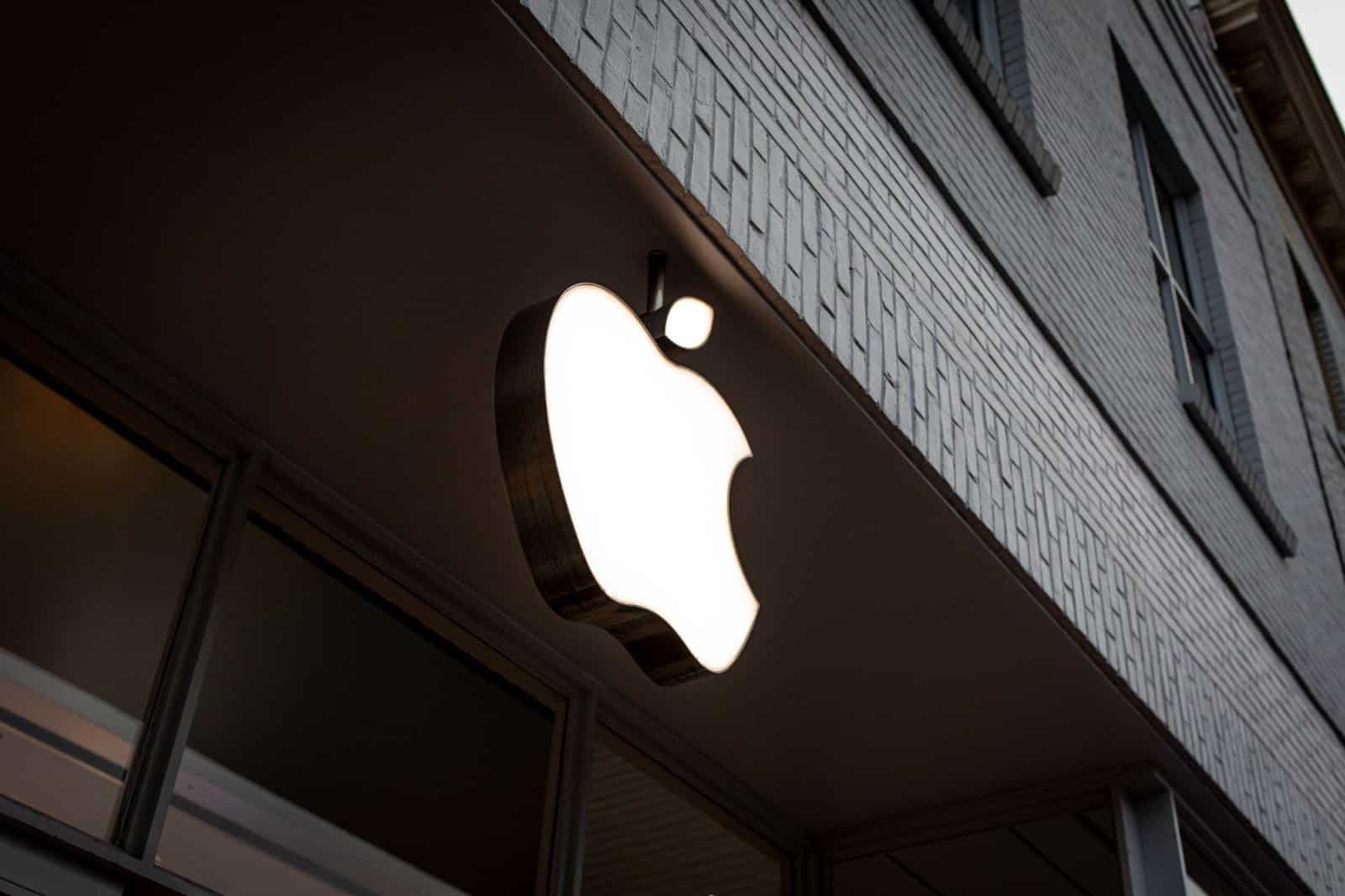
Longer Run Time Without the Plug
Battery life is an area where users immediately notice a difference; many people now treat their laptops almost like tablets because the new chips are highly efficient under pressure. A machine can run meetings, edit files, and handle data tasks for hours without needing a charger. This changes how people move through their day and reduces the stress of staying near an outlet.
Productivity Benefits for Professionals
Professionals gain the most from this new level of stability: developers can now use local environments that previously required cloud servers. Designers can load complex scenes without prolonged waits. Analysts working in large spreadsheets or model-driven apps experience fewer slowdowns and can shift more of their work to a single machine. Small gains compound into tangible time saved across a busy week.
Apple’s Strategic Positioning
Apple continues to incorporate these improvements into its mainstream laptops, rather than just its premium products. This decision gives the company a decisive advantage in performance per watt, an area where many Windows-based manufacturers still struggle to keep up. Buyers notice when a mid-tier device performs like a high-end machine without the drawbacks of heat or fan noise.
Impact on the Tech and Finance Landscape
These performance gains shape more than user experience; they also influence the financial side of the computing market. Stronger silicon helps stabilise Mac revenue, an area that investors closely monitor due to the slow global PC market. When new chips lead to clear workflow improvements instead of cosmetic updates, upgrade interest rises, and long-term demand becomes more predictable.
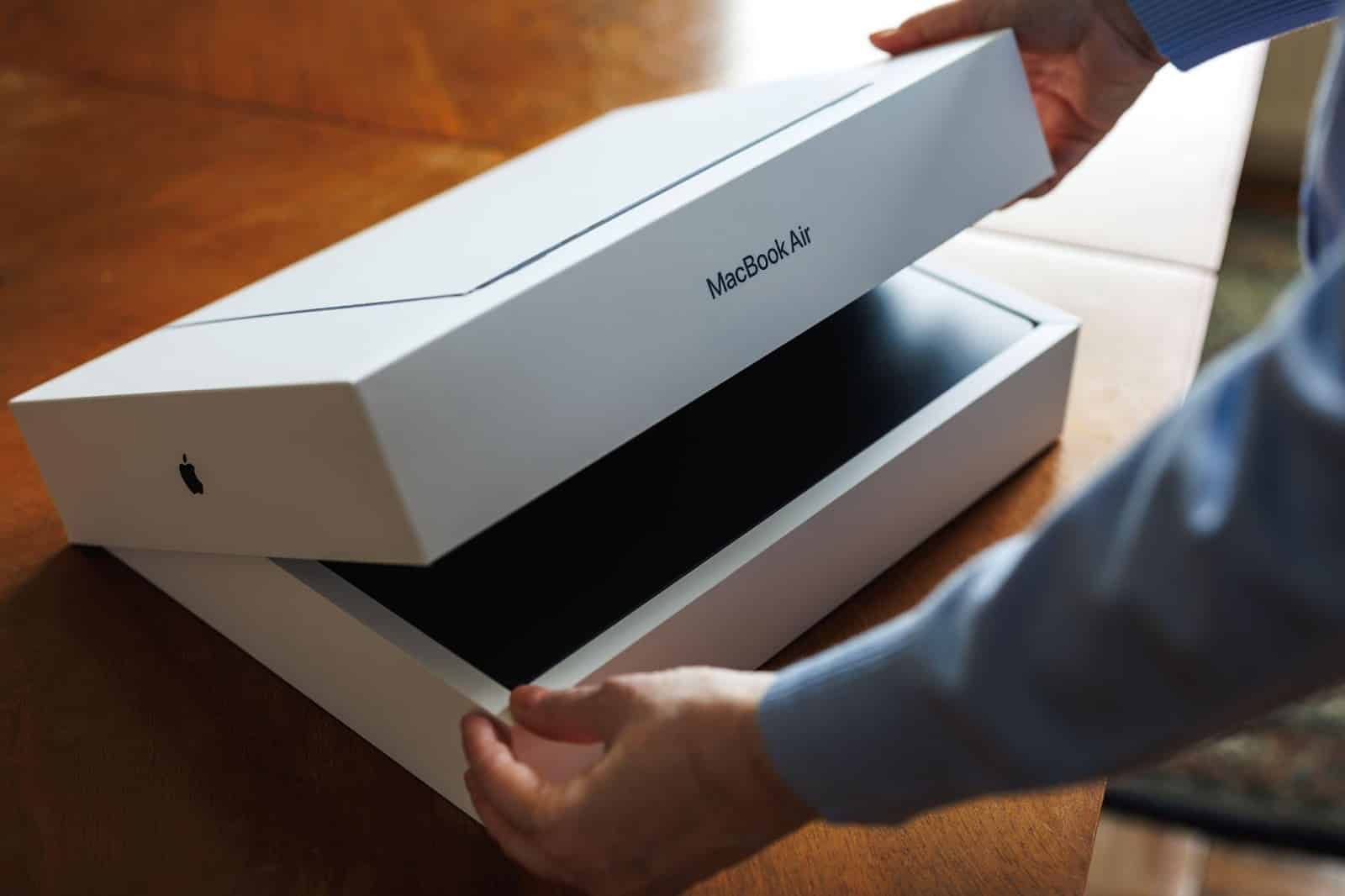
Growing Ecosystem Strength
As the chips improve, developers push more app features onto local hardware. Tools that previously required server-side processing are now used on device neural engines. This deepens the ecosystem advantage that Apple aims to protect. A laptop that handles creative, analytical, and communication tasks independently offers a smoother and more reliable workflow.
Value for Everyday Users
For everyday users, the benefits manifest in small yet significant ways, such as having a laptop that remains fast after several years, which has real financial value. Likewise, machines that handle personal projects, such as photo editing, audio work, or small side businesses, without requiring external hardware reduce ongoing costs. Over time, reliability matters more than attention-grabbing features.
A Note on Market Sentiment
Some retail investors closely monitor how chip cycles impact sentiment. A trading app may show short-term jumps in Apple’s stock during launch periods, but the real movement usually comes later once sales data confirms user response. Performance gains that affect day-to-day work tend to have a larger influence on long-term confidence.
Enterprise and IT Cost Efficiency
Businesses that deploy MacBooks at scale measure value differently, tracking the total cost of ownership rather than just the purchase price. Apple’s new chips support this calculation because they maintain performance longer and avoid the thermal issues that shorten device life. Machines that run cooler tend to experience fewer hardware failures, which reduces repair needs and keeps employees working without interruption.
Support teams also benefit from this predictability because devices that do not overheat generate fewer tickets. They crash less often during heavy workloads and require fewer resets or workarounds. When multiplied across hundreds or thousands of laptops, these small gains translate into meaningful reductions in support hours. Analysts inside many companies track these patterns and often conclude that Macs deliver lower maintenance costs over time.
Battery stability adds another layer of value: The new chips prevent high power spikes that degrade batteries, allowing devices to age more gracefully. Teams that rely on travel appreciate laptops that hold strong battery health after years of use. Finance departments notice when refresh cycles stretch longer without harming productivity. Security is also a key factor. Apple’s hardware-level protections reduce exposure to specific attacks and simplify patching schedules for IT teams.
All of these factors make Macs appealing not for branding, but for long-term predictability. As budgets tighten and companies prioritise reliability, the steady performance of Apple’s silicon positions the Mac as a safe investment across its entire life cycle. This reinforces a growing trend in enterprise adoption and strengthens the business case behind Apple’s chip strategy.
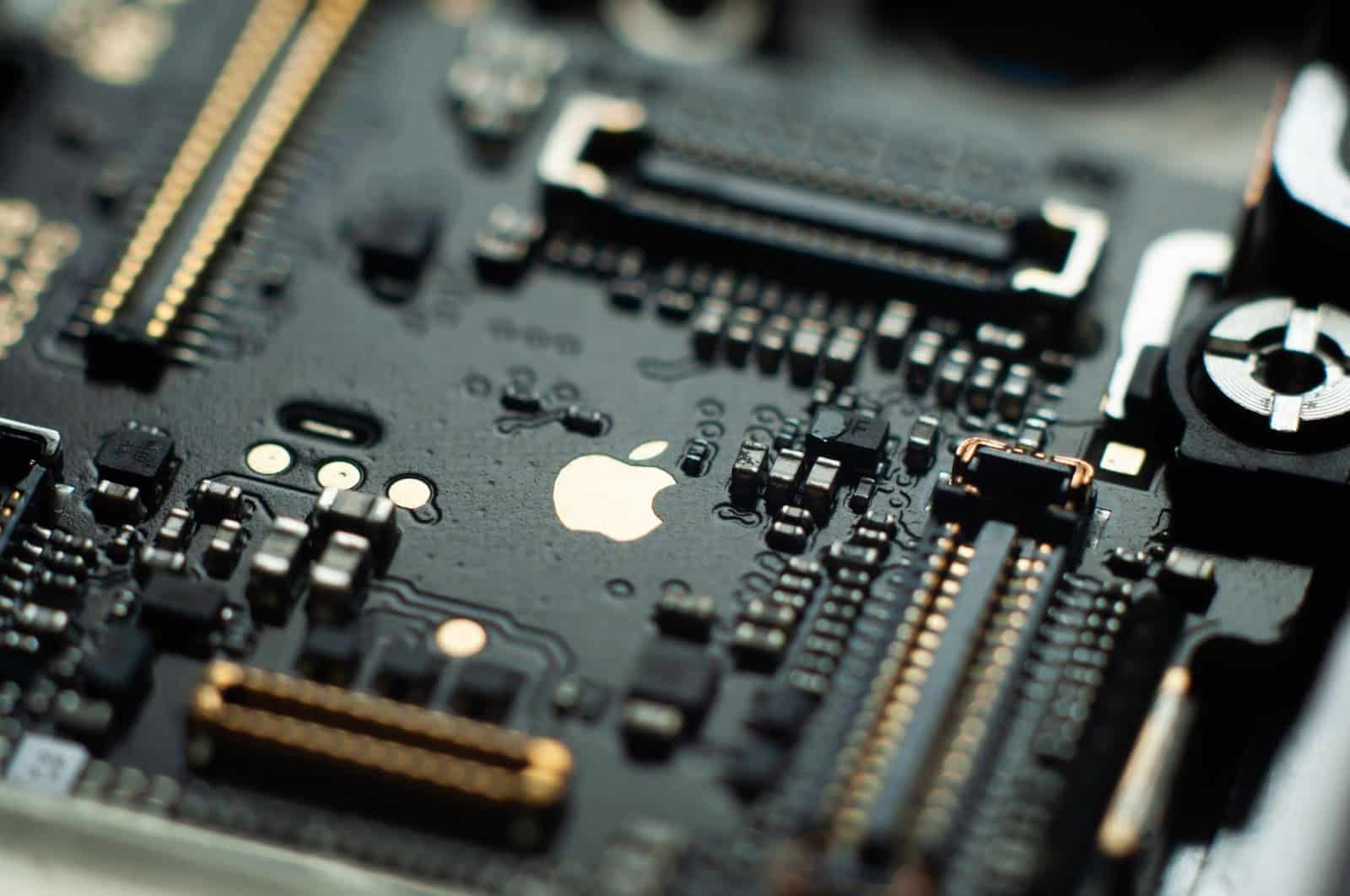
Final Thoughts
Apple’s new chips are not transforming laptops through bold claims or dramatic design shifts. They are changing the laptop game through steady and practical improvements that make work smoother and machines more dependable. This approach shapes user habits, strengthens Apple’s position in a competitive market, and supports the financial story behind the hardware. If the company continues on this path, the next decade of portable computing may be defined by consistency rather than spectacle.
